While these pairings might surprise you, we believe in the old adage that “opposites attract,” and, it’s a surefire way to hit every type you’re buying for: from theorist to practitioner, standard-bearer to trendsetter, and design nerd to—dare it be said—non-designer. You don’t have to be a creative to appreciate these reads. A curious mind will do.
This week: Doug Powell + Christopher Simmons. Powell, as Distinguished Designer at IBM, and Simmons, as principal and creative director of the design office MINE™, develop solutions for everyday problems. Powell has shown through his work at IBM that design has the ability to affect change in macro environments. But, as Simmons will tell you, first you have to understand them—and that requires a broad understanding of the world around you.
From Doug Powell
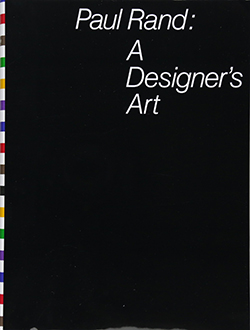 Paul Rand: A Designer's Art by Paul Rand
Paul Rand: A Designer's Art by Paul Rand Rand is known as one of the most iconic graphic designers of all time, but he was also a gifted and prolific writer. Originally published in 1985, A Designer’s Art is a survey of his best-known work interwoven with his sharp and insightful observations and critiques. This edition from late 2016 is made better with an afterword by Steven Heller.
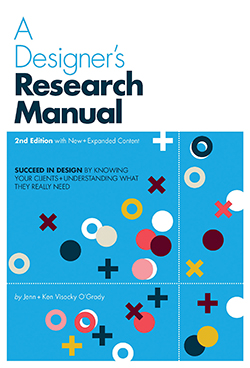 A Designer's Research Manual, 2nd edition, Updated and Expanded by Jennifer Visocky-O'Grady, Ken Visocky-O'Grady
A Designer's Research Manual, 2nd edition, Updated and Expanded by Jennifer Visocky-O'Grady, Ken Visocky-O'GradyThe 2009 first edition quickly become the go-to resource for designers looking for an inspiring—and pragmatic—guide to the emerging practice of design research. I’ve been eagerly awaiting the second edition by the wife/husband, designer/educator powerhouse duo of Jennifer and Ken Visocky-O’Grady. This clearly written and smartly designed guide is perfect for designers of all disciplines looking to expand their range.
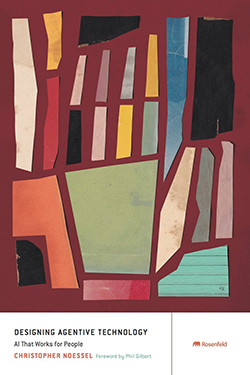 Designing Agentive Technology: AI That Works for People by Chris Noessel
Designing Agentive Technology: AI That Works for People by Chris NoesselEnvisioning and building the way we will all interact with AI technology will be one of the great challenges for designers in the decade ahead. My IBM colleague Chris Noessel thoughtfully cracks open this complex topic in an engaging and accessible way.
 Innovation by Design: How Any Organization Can Leverage Design Thinking to Produce Change, Drive New Ideas, and Deliver Meaningful Solutions by Tom Lockwood & Edgar Papke
Innovation by Design: How Any Organization Can Leverage Design Thinking to Produce Change, Drive New Ideas, and Deliver Meaningful Solutions by Tom Lockwood & Edgar PapkeAs the profession of design matures and expands, it is increasingly vital to understand the dynamics of how we will apply and practice design in scaled enterprises. Former Design Management Institute president Tom Lockwood and business thought-leader Edgar Papke examine the topic through the lens of some of the organizations at the front edge of this movement—including IBM.
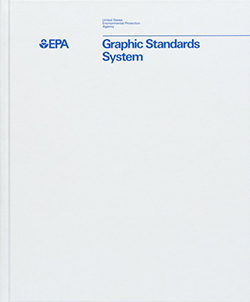 1977 US Environmental Protection Agency Graphic Standards System by Standards Manual
1977 US Environmental Protection Agency Graphic Standards System by Standards ManualThe trend of geeking out on vintage graphic design continues to grow and nobody feeds our hunger and nostalgia like Jesse Reed and Hamish Smyth of Standards Manual. With loving care, craft, and attention the design archeologists have given new life to the 1977 graphic standards manual for the Environmental Protection Agency originally designed by Chermayeff & Geismar Associates and partner Steff Geissbühler. Also, New Yorkers should stop by the Standards Manual book store in Brooklyn.
From Christopher Simmons
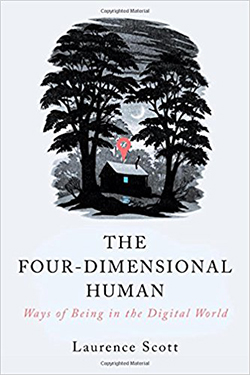 The Four Dimensional Human by Laurence Scott
The Four Dimensional Human by Laurence ScottAn enjoyably-written, substantive, accessible look at how technology (particularly digital communication and social media) is transforming the human experience, including our sense of place, now, and otherness. This is a terrific read for anyone interested in the socio-cultural impact of the things we make. Required reading for anyone involved in product design for the digital sphere.
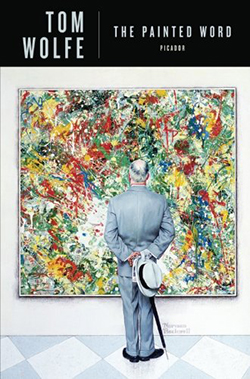 The Painted Word by Tom Wolfe
The Painted Word by Tom WolfeA short, fast-reading look at the 20th century’s major art movements, players, and seminal works as seen through Wolfe’s satirically critical eye. You probably won’t agree with all of his observations or criticisms—particularly if you revere the artists or works at which he takes aim—but his willingness to challenge orthodoxy is refreshing and his skill in presenting his arguments will sharpen and refine the skeptical reader’s counterposition.
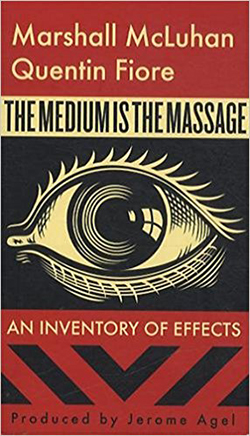 The Medium is the Massage by Marshall McLuhan & Quentin Fiore
The Medium is the Massage by Marshall McLuhan & Quentin FioreStudents should read this book once a year. Professional designers and other visual communicators should read it every two. Though the design, which is integral to its experience, may feel dated at times, it's theses (that technology is an extension of humanity and that vessels for information have inherent meaning) only increases in relevance with the passage of time. The Medium is the Massage couldn’t be more topical if it were written tomorrow.
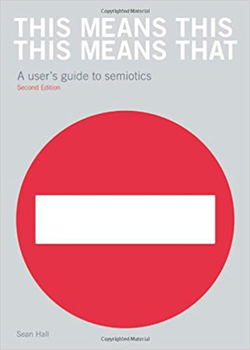 This Means This / This Means That: A User's Guide to Semiotics by Sean Hall
This Means This / This Means That: A User's Guide to Semiotics by Sean HallBasically an introductory textbook on semiotics, this is an easy-to-read, easy-to-understand primer on the subject of symbol systems and their meaning. For those well-versed in the subject this book may feel overly simplistic, but its visual approach and accessible style make it both useful and engaging for just about anyone with an interest in how meaning is crafted.
 The Handmaid’s Tale by Margaret Atwood
The Handmaid’s Tale by Margaret AtwoodI chose The Handmaid’s Tale because it is both moving and, some say, upon us (and you’re probably watching it on Hulu right now). If you want to round out your design library, fill it with non-design books like this one. (For more science fiction, I’d recommend starting with 1984 or Fahrenheit 451; for insights on current events and their history: Between the World andMe or A People’s History of the United States.) The product of designing is the creation of culture. To do that responsibly one must be guided by voices, insights, and perspectives outside the narrow band of professional design practice.
